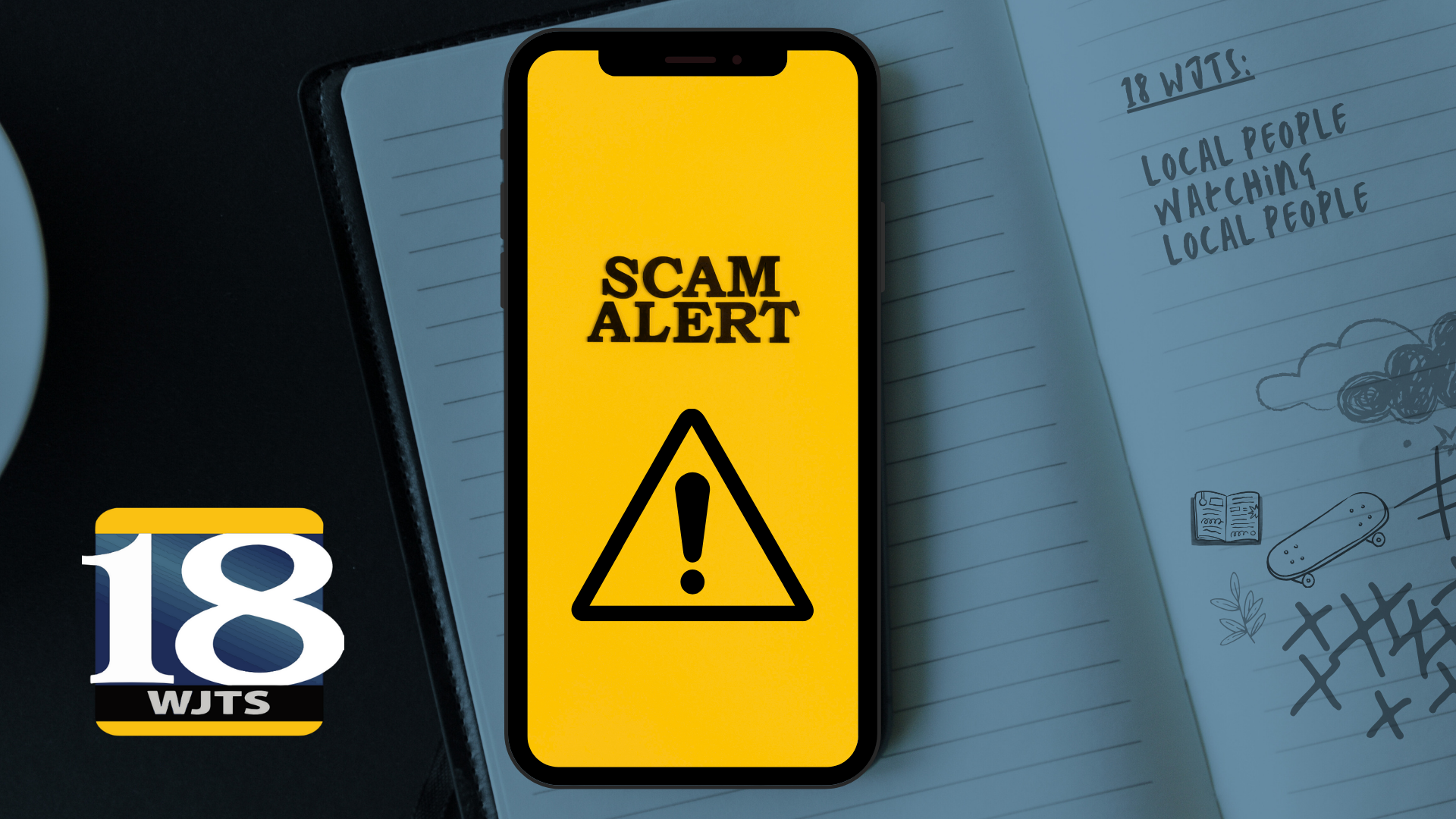
The Huntingburg Fire Department posted on their Facebook page Thursday morning, thanking OFS Brand and some generous donors who asked to remain anonymous for donating a new drone to aid in firefighting and rescue. Here are some benefits of drones in firefighting:
• Real-time Data Collection – Drones equipped with high-definition cameras can provide real-time aerial views of a fire, enabling firefighting agencies to assess the scale, direction, and intensity of the blaze. This immediate intelligence can help incident commanders make better-informed decisions about where to deploy resources and personnel.
• Thermal Imaging – Drones equipped with thermal imaging cameras can identify hotspots that are not visible to the naked eye, even through dense smoke. This helps firefighters to locate the source of a fire, spot areas at risk of reignition, and ensure that fires are fully extinguished.
• Safety and Risk Assessment – Before sending in teams, it’s crucial to know what they’re walking into. By providing aerial views, drones can help identify potentially hazardous areas, such as those with high concentrations of combustible materials, tanks of gas, or unstable structures like a collapsing roof, reducing the risks faced by firefighters on the ground. Among the many applications of drone thermal imaging is that it provides aerial views and identifies potentially hazardous areas, such as those with high concentrations of combustible materials, tanks of gas, or unstable structures like a collapsing roof, reducing the risks faced by firefighters on the ground.
• Search and Rescue – In situations where individuals are lost or in distress, drones demonstrate their life-saving capabilities, particularly during search and rescue operations in challenging environments or low visibility. Drones can quickly survey vast expanses and come equipped with speakers, facilitating communication with those stranded, and allowing rescuers to provide crucial directions or assistance.
• Post-fire Assessment – Once the flames are out, drones assist in evaluating the aftermath, helping in understanding the extent of the devastation and aiding in insurance and rehabilitation efforts. This can also provide valuable data for research and future fire prevention strategies.




